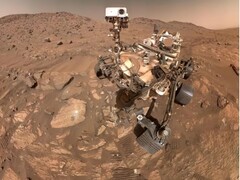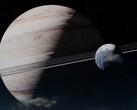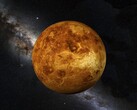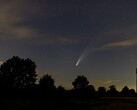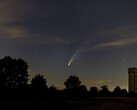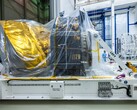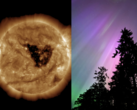The question, “Are we alone?” has consistently been raised among the scientific community. Scientists are on a mission to provide answers to the question. One of the machines at the forefront of this mission is NASA’s Perseverance rover.
Perseverance picked up samples from a rock in the “Bright Angel” formation in July 2024. The Bright Angel formation is a geological formation in Jezero crater. It consists of rocky outcrops located along the edges of an ancient river valley called Neretva Vallis. NASA’s science team working with Perseverance, named the samples “Sapphire Canyon” and the rock where it was taken from, “Cheyava Falls.”
On Cheyava Falls, Perseverance discovered what the team called “leopard spots.” In these spots, they detected two iron-rich minerals: vivianite and greigite. The presence of these spots and their composition indicates chemical reactions that possibly came from microbial activities in the past. Although these spots could have been formed abiotically, a recently published study suggests otherwise.
The Bright Angel formation's sedimentary rocks were rich in organic carbon, sulfur, oxidized iron (rust), and phosphorus. These are sources of energy for microbial growth. The scientists are of the opinion that while using up these energy sources, the microbes left behind the spots seen on Cheyava Falls.
Also, clay and silt were found to make up the rocks at the Bright Angel formation. On Earth, these components are preservers of past microbial life. Moreover, for these spots to have been formed abiotically, they would have required high temperature and acidic conditions. But the rocks at Bright Angel do not show any sign that they experienced those conditions.
Nothing is confirmed yet, however. Further studies will be done. But these findings so far offer a flicker of hope in the search for signs of past life on other planets, as scientists have been unable to prove the formations were as a result of inorganic reactions.
Source(s)
NASA and Nature (linked above)




